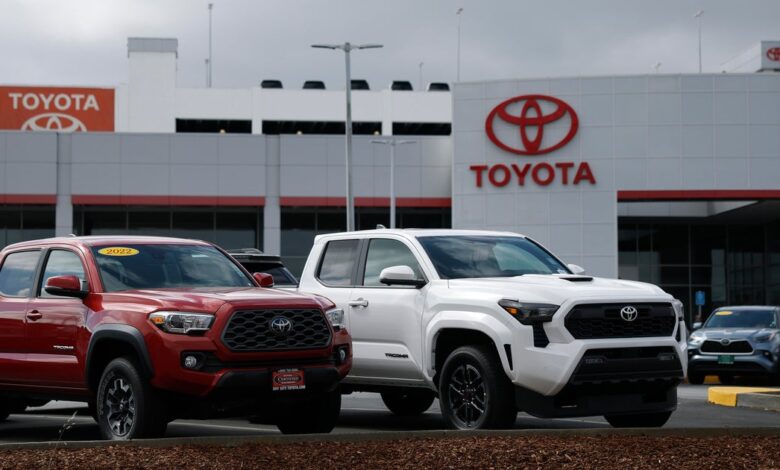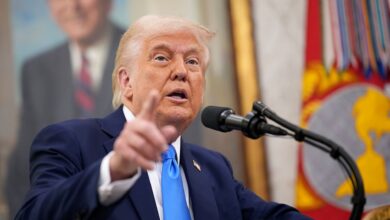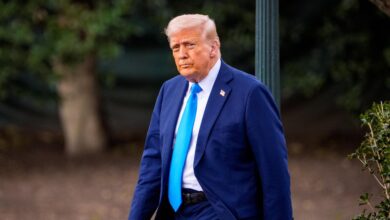Which automakers are most susceptible to Trump’s 25% car tariffs?

President Trump’s recent announcement of 25% tariffs on vehicles and auto parts imported into the U.S. has sent shockwaves through the automobile industry. The new duties are aimed at boosting domestic manufacturing but are expected to result in higher prices for American consumers across a wide range of vehicles.
Analysts warn that the tariffs will squeeze some potential car buyers out of the market and could lead to reduced competition, higher prices, and lower production in the U.S.’s main trading partners. The automobile supply chain is highly complex and intertwined with the economies of Mexico and Canada, from which American brands source finished vehicles and parts.
The tariffs, set to go into effect on April 3 for passenger cars and light trucks and no later than May 3 for auto parts, will impact all car manufacturers, but some will be hit harder than others.
Tesla, known for its American-made electric vehicles, is expected to be among the least affected by the tariffs, as most of its vehicles and parts are sourced domestically. However, the company could still see price impacts due to its reliance on some components from China.
General Motors, Stellantis, and Ford are expected to bear the brunt of the tariffs. GM, which makes only 45% of its vehicles domestically, is heavily invested in Mexico and Canada. Stellantis, with brands like Jeep and Chrysler, produces 73%-75% of its vehicles in the U.S. Ford, on the other hand, is better positioned to weather the tariffs, with 80% of its vehicles manufactured in the U.S., although imported parts could still be subject to the 25% tariff.
Japanese automakers Toyota and Honda, as well as South Korean automakers Hyundai and Kia, are also vulnerable to added costs from the tariffs due to their significant exports to the U.S. German automakers BMW and Volkswagen, which operate plants in Mexico, could see heavy impacts on engines and transmission systems imported from Germany.
The tariffs are expected to lead to price hikes across the board, even for vehicles not directly impacted by the duties. This could spark affordability issues for consumers, particularly for lower-cost vehicles that are popular but foreign-made. Sub- $30,000 compact SUVs and crossovers, for example, could see price increases of up to 25%.
Overall, the auto tariffs are set to disrupt the industry and potentially reshape the market for both manufacturers and consumers. It remains to be seen how companies will navigate these new challenges and how consumers will react to higher prices on their favorite vehicles.





